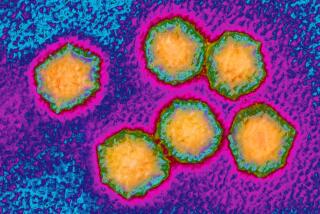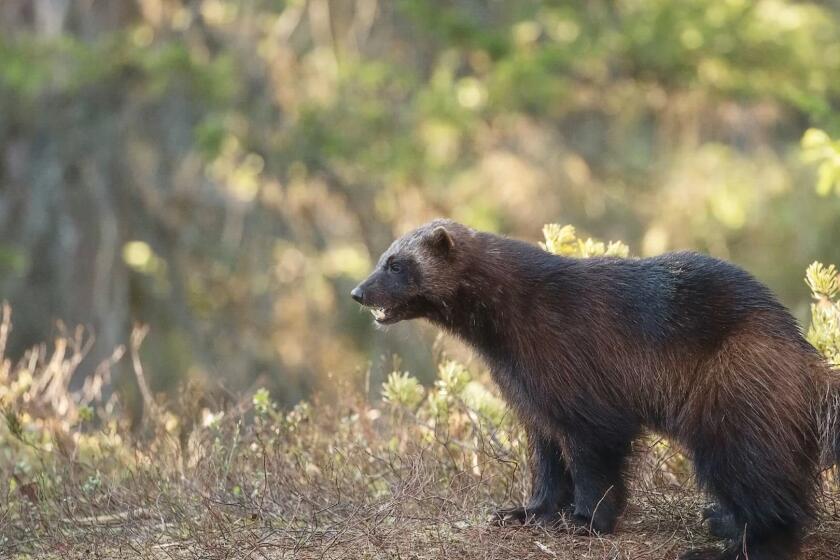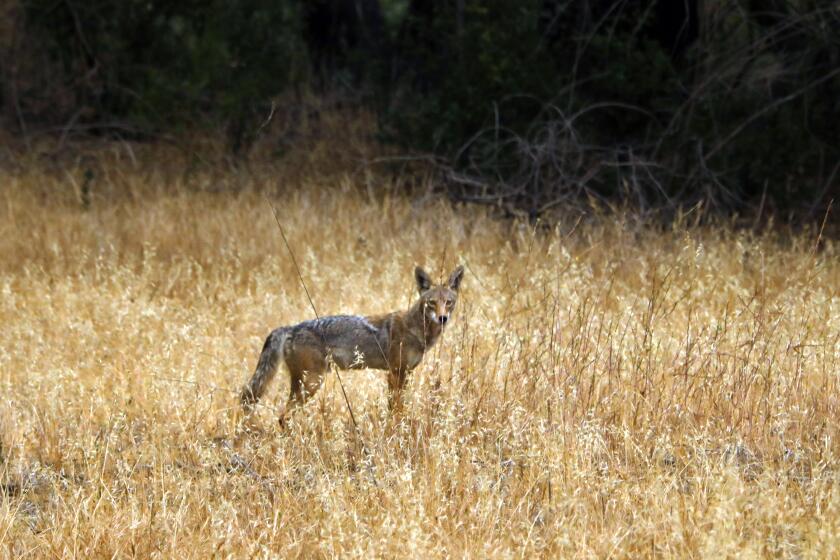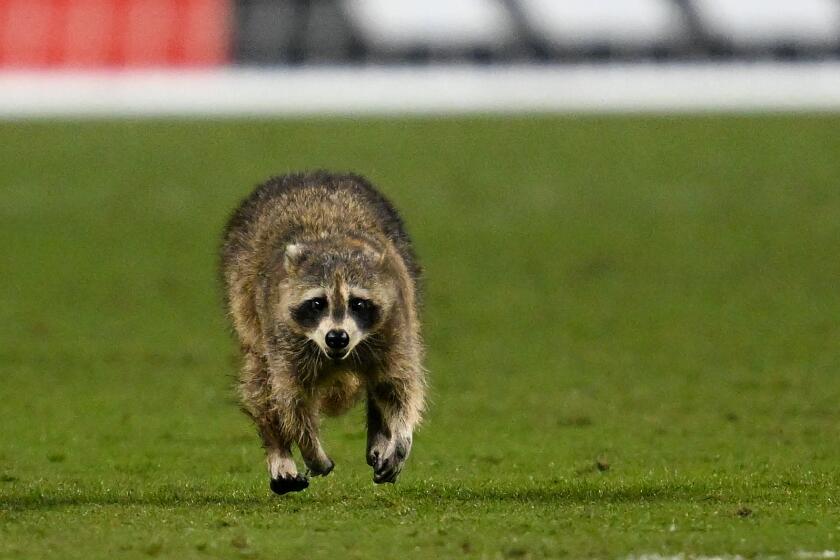$500,000 to Be Used to Expand Breeding : 2 Zoos Get Funds for Condor Programs
The Los Angeles and San Diego zoos’ efforts to revive the endangered California condor got a boost Monday when Gov. George Deukmejian signed legislation giving each zoo $250,000 to expand its condor breeding programs.
The bill, an emergency measure authored by Assemblywoman Lucy Killea (D-San Diego), requires that the money be spent to build new flight cages for the birds, which once roamed much of western North America but now exist only in captivity.
Because the zoos hope to release some of the birds to the wild in 1990 in an unusual effort to wean the population back to a stable level, the condors must be raised with as little human contact as possible.
The Los Angeles Zoo has 13 birds in six flight cages, while the San Diego Wild Animal Park has 14 birds in six cages. The cages, dubbed “condorminiums” by zoo officials, are about 40 feet wide, 80 to 100 feet long and 25 to 30 feet high.
Each zoo is expecting another California condor to hatch soon. The zoos are also going to be raising Andean condors, which will be released in a 5,000-acre wildlife refuge in Southern Kern County where the California condors eventually will be freed. It is hoped that the Andean birds will provide an indication of how the California species will do in the Kern County refuge.
Tom Hanscom, spokesman for the Wild Animal Park, said the zoos are in “desperate need” of new housing for the birds.
“Right now we can get away with six enclosures because a number of the birds are immature,” Hanscom said. “But many of these birds will be reaching maturity in the next couple of years and they’re going to have to be paired off. If we want Condor A to mate with Condor B, we’re going to have to take Condor C out of the picture.”
Hanscom and a spokeswoman for the Los Angeles Zoo said they did not know yet how many new enclosures will be built with the money. Some of the money may also go toward purchase of video cameras, which are used to monitor the activity of the birds, or perches which serve as electronic scales so the birds can be weighed without contacting humans.
“These birds are programmed to hide illness in order to avoid predation,” Hanscom said. “The keepers can often recognize the early signs of illness only in a weight loss.”
The money allocated in Killea’s bill comes out of the Environmental License Plate Fund.
More to Read
Start your day right
Sign up for Essential California for news, features and recommendations from the L.A. Times and beyond in your inbox six days a week.
You may occasionally receive promotional content from the Los Angeles Times.






